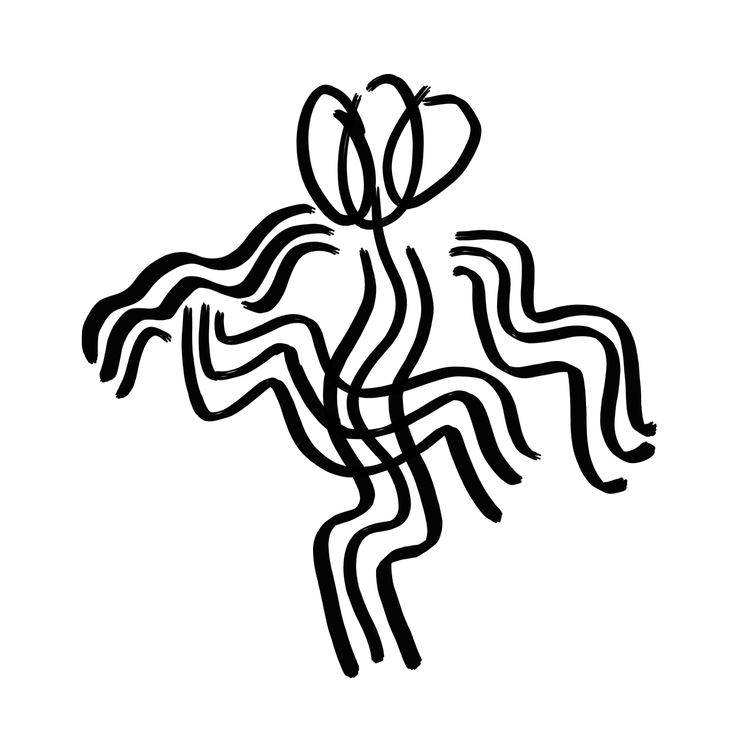How to write the perfect beginning and end
thIS collaboration between dyslexic writers Dr. Nim Folb and Aby Watson SOUGHT to create a piece of writing that confronted, celebrated and explored the true nature of their dyslexic identities.
They wanted to shun standardised writing standards and claim full ownership of their unique style: they wanted to make an unpublishable paper. They failed this task and it was indeed published by The Journal of Writing in Creative Practice. You can request a copy here.
ABSTRACT:
The dyslexia literature places an inordinate amount of focus on dyslexia as a deficit. Where discussions of dyslexia as a ‘difference’ do emerge, we find there is an emphasis on ‘talent’ or ‘success’ as an effect of ‘coping’ and ‘avoidance’.
The purpose of this article was for two dyslexic writers, Naomi Folb (NF) and Aby Watson (AW), to present an alternative to this discourse. Their exchange uses four self-defined obstructions agreed prior to the writing process. These introduce the dominant subjective position and, allow them to discuss how it subjugates and silences the dyslexic.
The Introduction was written to music. This is followed by a critique of the others Introductions. The third part is constructed of questions one author posed the other, whilst the fourth section is made of the answers in dialogue to the others’ questions. The authors’ conclusions, the end of the article, surface within a catechism, in which the authors forbade one another from editing or using spellcheck. Hence, the discussion appears to lack closure. This reflects the authors concerns with the conventions of ‘linear’ academic papers, in the way it presents a prioritization of knowledge, and exploration of ideas and subjectivity, over ‘acceptance’.
In this way, addressing the authors lack of ‘belonging’ becomes the subject, rather than the purpose of the article. The result reveals the deep and hitherto unexamined bias towards dyslexics.

